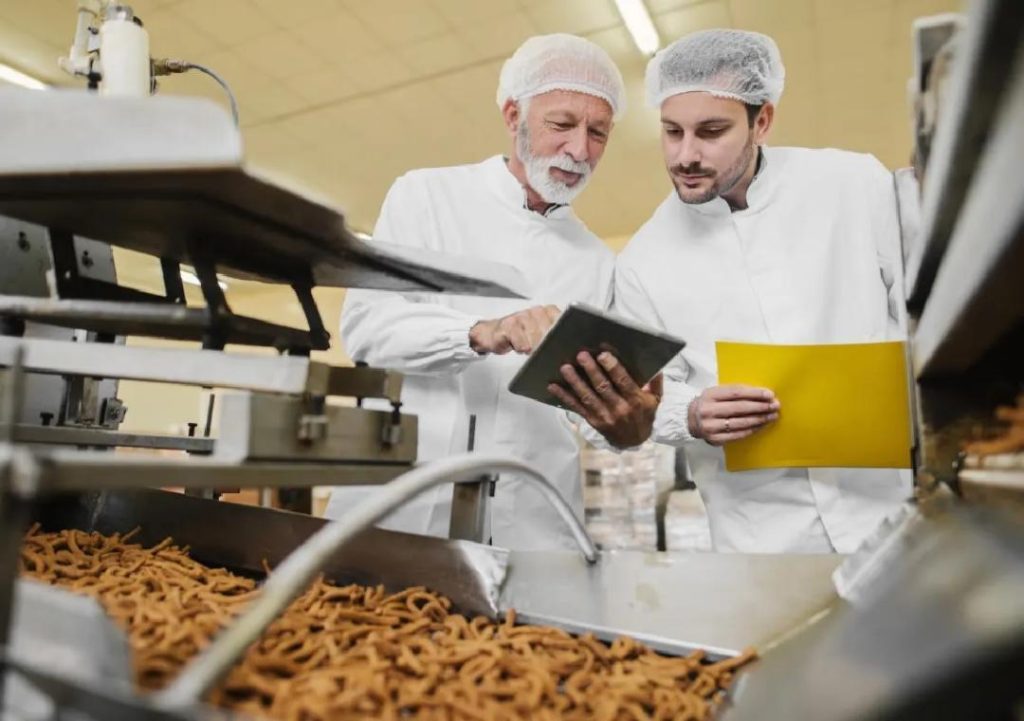
Can P&L Optimisation Redefine Success in Food Technology?
The food technology industry is undergoing a significant transformation, driven by the increasing demand for efficient and sustainable food production methods. With the growing need for innovative solutions, food tech companies are focusing on improving their profit and loss (P&L) operations to stay ahead of the competition. In this blog post, we’ll explore the role of P&L optimisation in redefining success in the food technology industry and how businesses can achieve it.
The Importance of P&L Optimisation
Profit and loss statements are a crucial aspect of any business, providing insight into a company’s financial performance. In the food technology industry, P&L optimisation is critical for ensuring profitability, as margins are often thin due to the high cost of raw materials, equipment, and labor. By streamlining P&L operations, food tech companies can cut waste, sharpen demand forecasting, and support better decision-making.
Automation and Smart Inventory Systems
One of the key ways to optimise P&L operations in food technology is through automation and smart inventory systems. These tools enable businesses to streamline their supply chain, reduce inventory waste, and improve forecasting accuracy. For example, automated inventory management systems can track inventory levels in real-time, alerting businesses to potential stockouts or overstocking. This not only saves time and reduces waste but also ensures that products are always available to meet customer demand.
Data Analytics
Data analytics is another critical component of P&L optimisation in food technology. By leveraging data analytics tools, businesses can gain valuable insights into their operations, including production costs, inventory levels, and customer demand. This information can be used to identify areas for improvement, optimise production processes, and make data-driven decisions.
Scalable Models
To achieve sustainable growth and stay competitive in the industry, food tech companies must adopt scalable models. This involves identifying areas where costs can be reduced and implementing strategies to increase revenue. By scaling their operations efficiently, businesses can boost margins and ensure long-term success.
Benefits of P&L Optimisation
The benefits of P&L optimisation in food technology are numerous. By streamlining P&L operations, businesses can:
- Reduce waste and improve efficiency
- Sharpen demand forecasting and reduce stockouts
- Support better decision-making with data-driven insights
- Boost margins and ensure sustainable growth
- Stay competitive in the industry
Real-World Examples
Several food technology companies have already achieved success through P&L optimisation. For example, food processing company, Apeel Sciences, uses data analytics to optimise production and reduce waste. By leveraging machine learning algorithms, the company can predict demand and adjust production levels accordingly, resulting in significant cost savings.
Another example is food delivery company, HelloFresh, which uses automation and smart inventory systems to streamline its supply chain. By tracking inventory levels in real-time, the company can reduce waste and ensure that products are always available to meet customer demand.
Conclusion
In conclusion, P&L optimisation is a critical aspect of success in the food technology industry. By streamlining P&L operations, food tech companies can reduce waste, sharpen demand forecasting, and support better decision-making. Automation, smart inventory systems, and data analytics are key tools in achieving P&L optimisation, and scalable models are essential for ensuring sustainable growth and competitiveness.
By adopting P&L optimisation strategies, food technology companies can redefine success in the industry and achieve long-term profitability. As the industry continues to evolve, it’s essential for businesses to stay focused on optimising their P&L operations to remain competitive and drive growth.
News Source:
https://www.growthjockey.com/blogs/p-and-l-operations-in-food-tech






